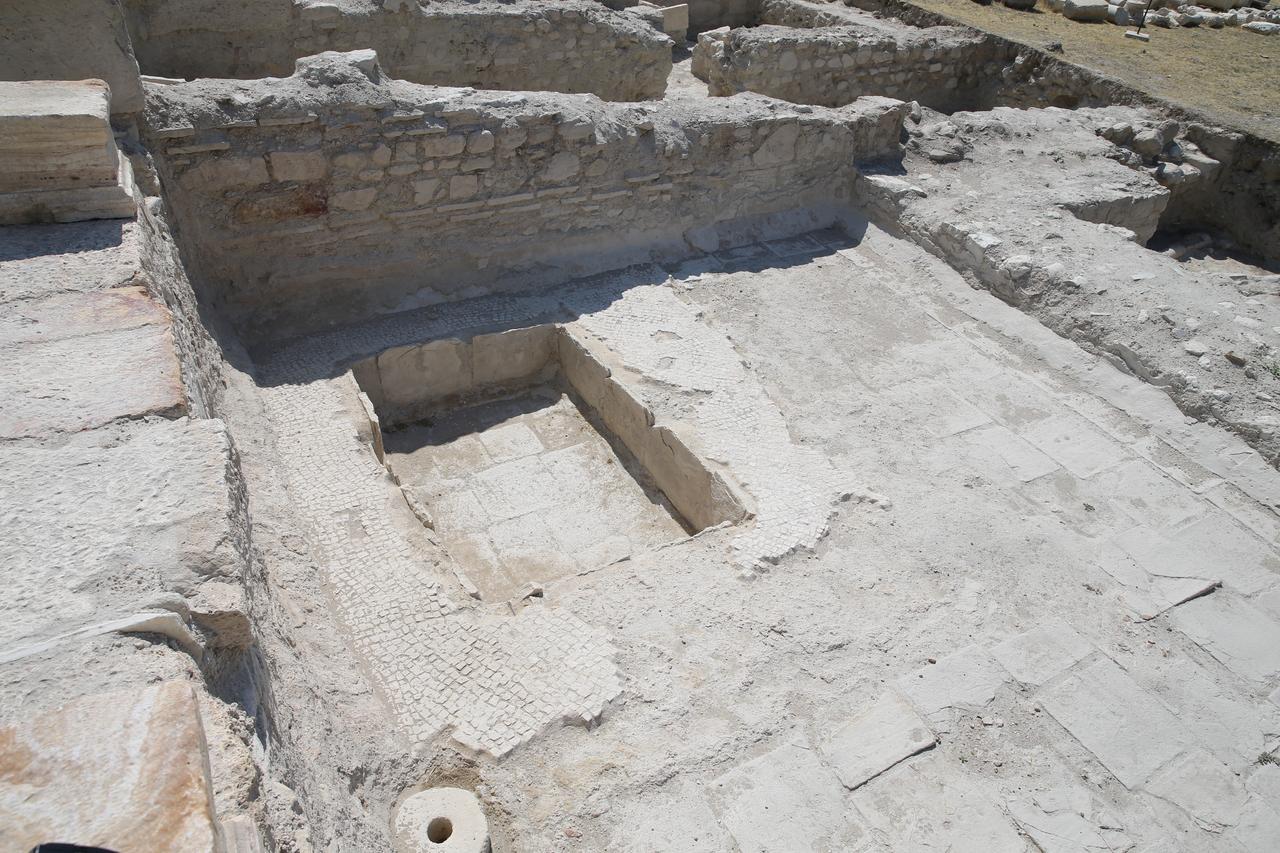
Excavations in the ancient city of Tripolis, located near the modern-day town of Buldan in Denizli province, have brought to light a strikingly well-preserved Roman villa.
The structure, spread over 1,500 square meters (16145.8 feet), stands out for its grandeur, including richly frescoed walls, a large inner courtyard, and a 40-square-meter ornamental fish pool.
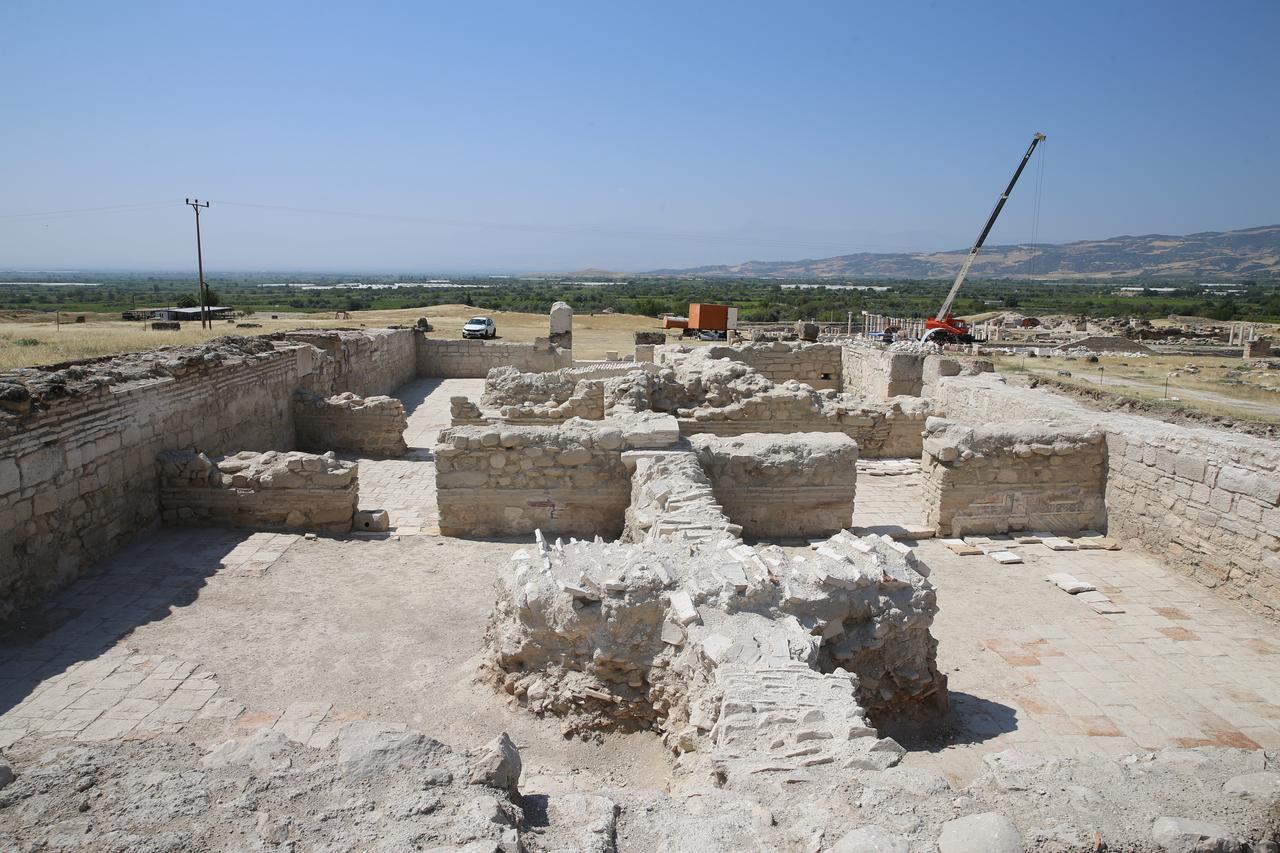
The site lies in Yenicekent, near the banks of the Buyuk Menderes River, and has been under systematic excavation for 13 years by a team led by Professor Bahadir Duman from the Department of Archaeology at Pamukkale University.
Tripolis, considered one of the best-preserved cities of ancient western Anatolia, has already yielded notable discoveries, including a 1,500-year-old church, 1,700-year-old frescoes, and a 2,000-year-old mosaic-floored 12-room villa.
This newly discovered villa, believed to be around 1,600 years old, features four rooms, two spacious halls, two fountains, a colonnaded courtyard, and a cistern—architectural elements that indicate it was far from an ordinary residence.
According to Professor Duman, the structure differs significantly in both scale and design from other standard dwellings found at the site.
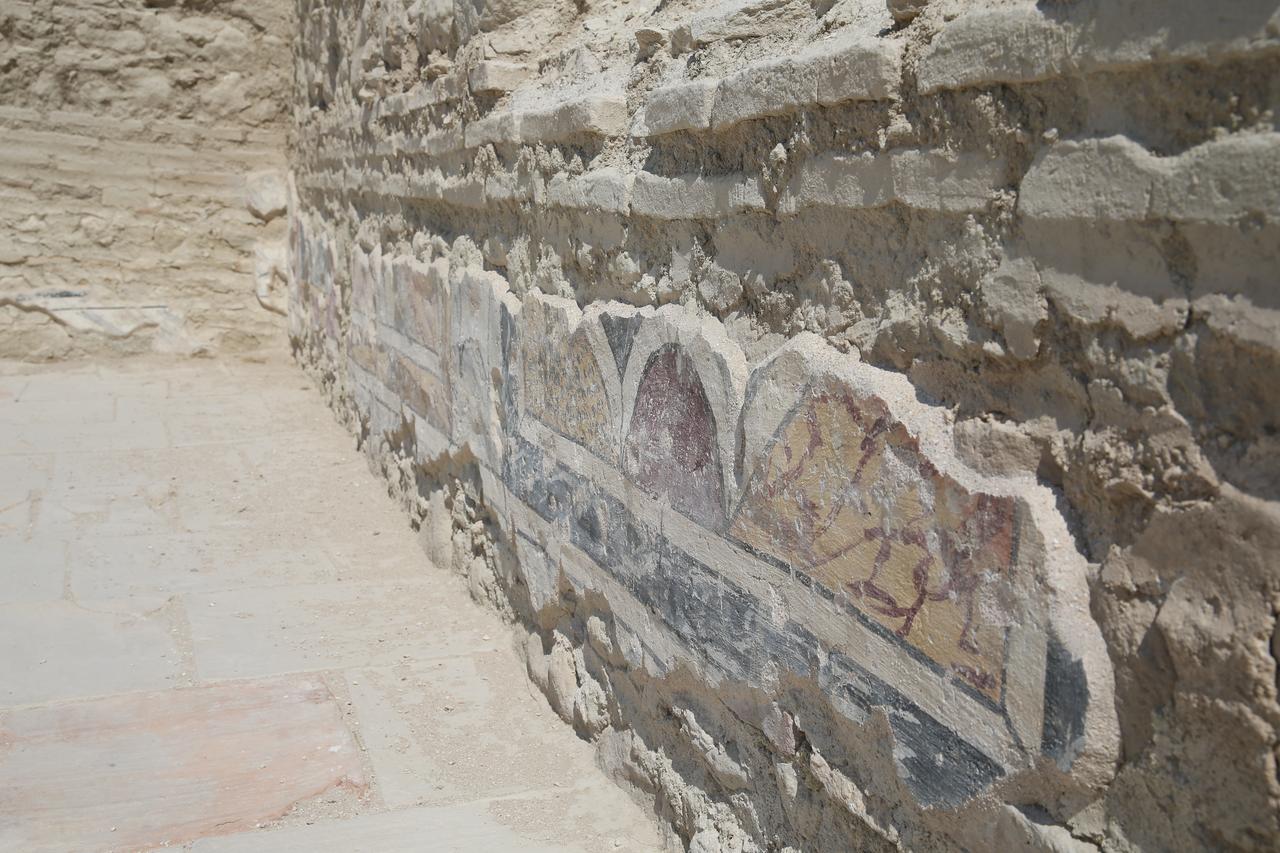
“The reason we refer to this as a villa,” he explained, “is because it is not only larger than typical houses but also exhibits distinct architectural and decorative features. The inner walls are covered with vibrant frescoes in hues ranging from yellow and blue to brown and red, often featuring botanical motifs and architectural embellishments.”
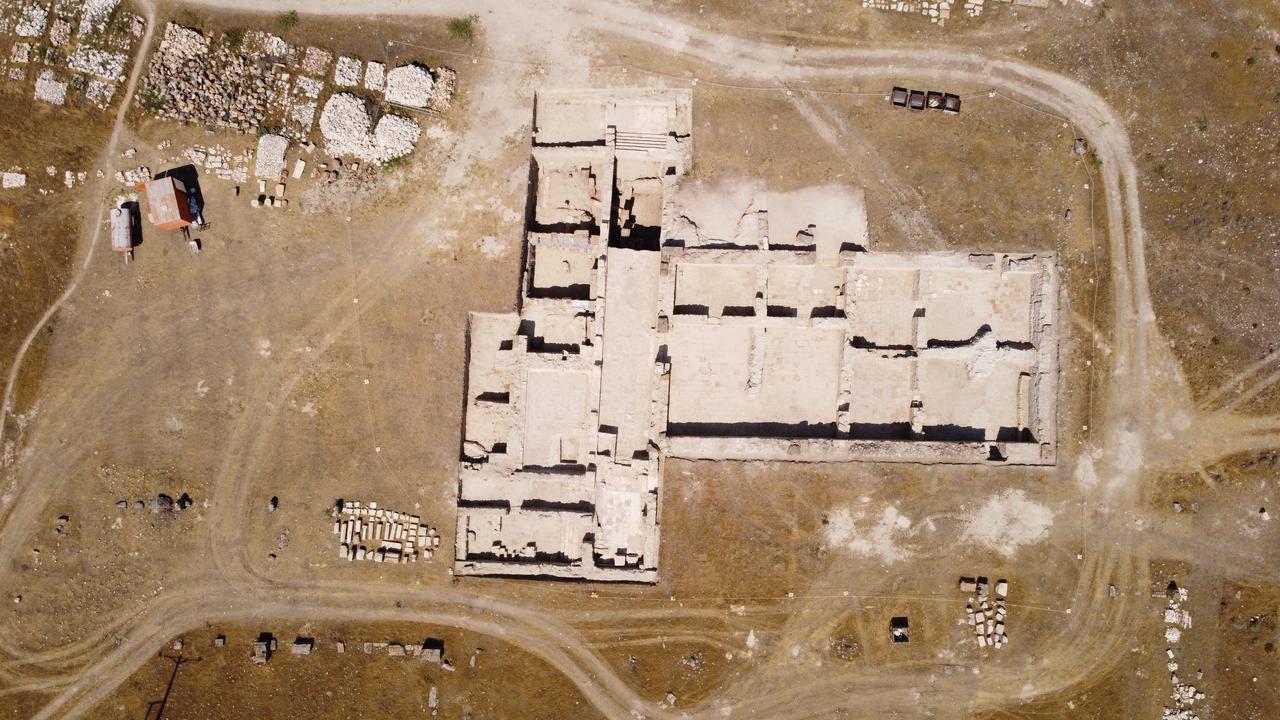
The centerpiece of the property is an ornamental fish pool located at the southern entrance, just beyond a 20-meter-long colonnaded gallery. Measuring 40 square meters, the pool’s marble-paved surroundings are adorned with fish figures. Archaeologists believe that fish raised in this pool—likely carp, catfish, and eels—were served to distinguished guests during elaborate receptions.
While fish farming is well-documented in coastal settlements of the Roman world, such a facility within the interior of Anatolia is considered highly unusual. “This is in fact, a fish pool,” said Duman. “Its inner walls are fitted with terracotta pipes—some open, some closed—forming tiny shelters to protect the fish from direct sunlight and provide safe hiding spaces.”
The presence of numerous marine shells found around the villa further supports the interpretation that this pool played a central role in hosting and impressing guests, reflecting the social and economic status of the villa’s owner.
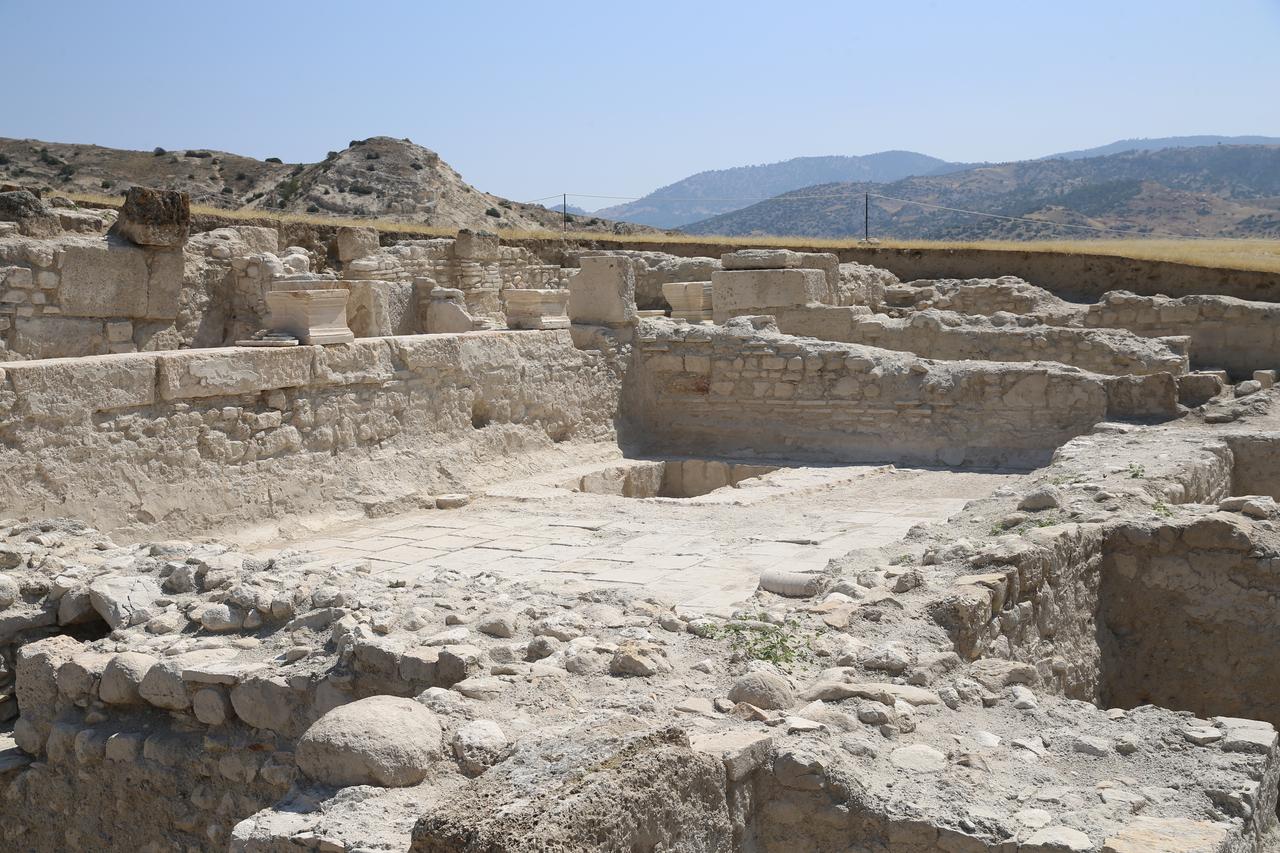
In Roman times, domestic fish pools served more than just culinary needs—they were also symbols of affluence and sophistication. These features often stood at the heart of elite residences, allowing hosts to offer freshly caught delicacies directly from their private pools.
The Tripolis villa reflects this tradition, standing as a testament to the city’s refined lifestyle and cultural links within the broader Roman world.
As part of the “Heritage for the Future” project initiated by Türkiye’s Ministry of Culture and Tourism, excavations at Tripolis will continue under the guidance of Professor Duman and his 40-person team, promising further insight into the luxurious life once lived on the banks of the Menderes.